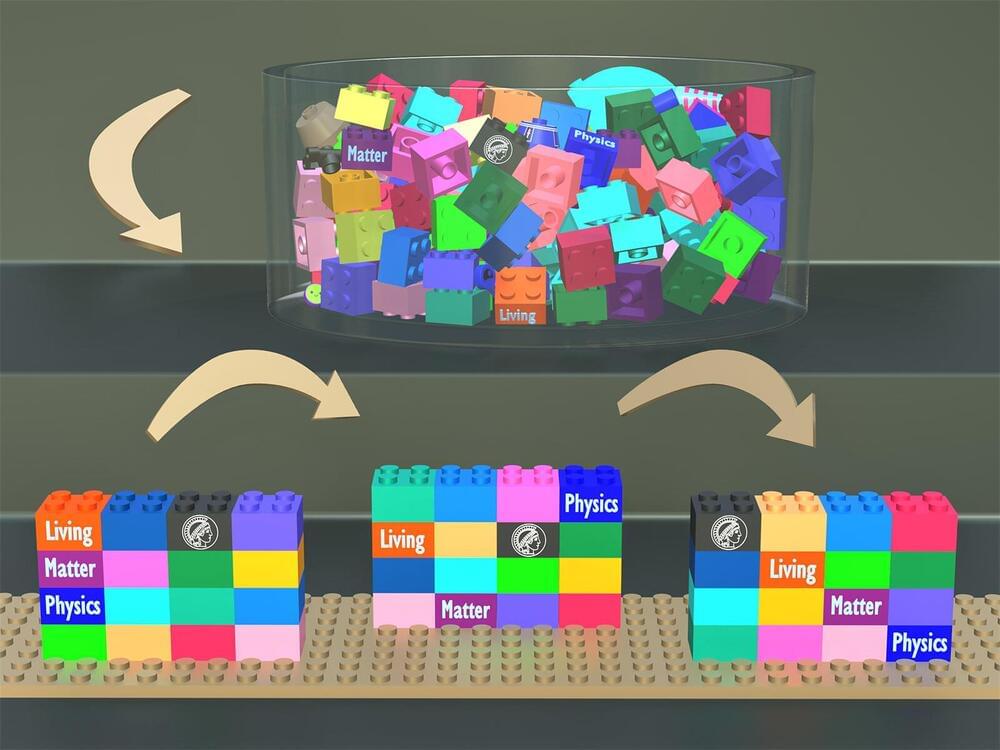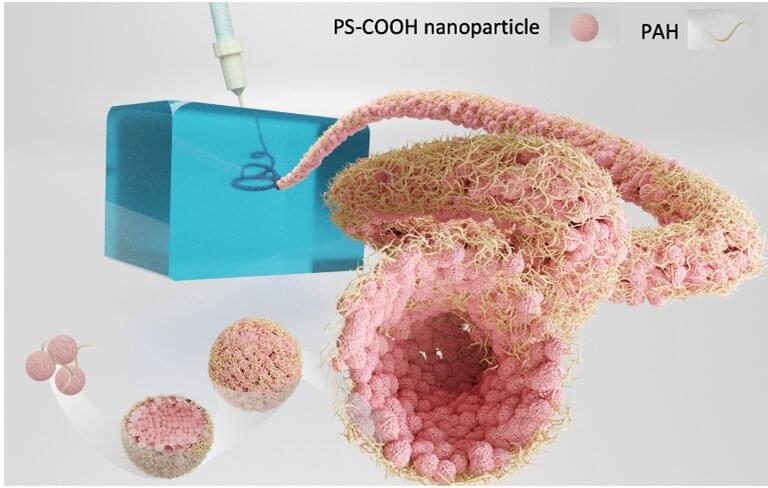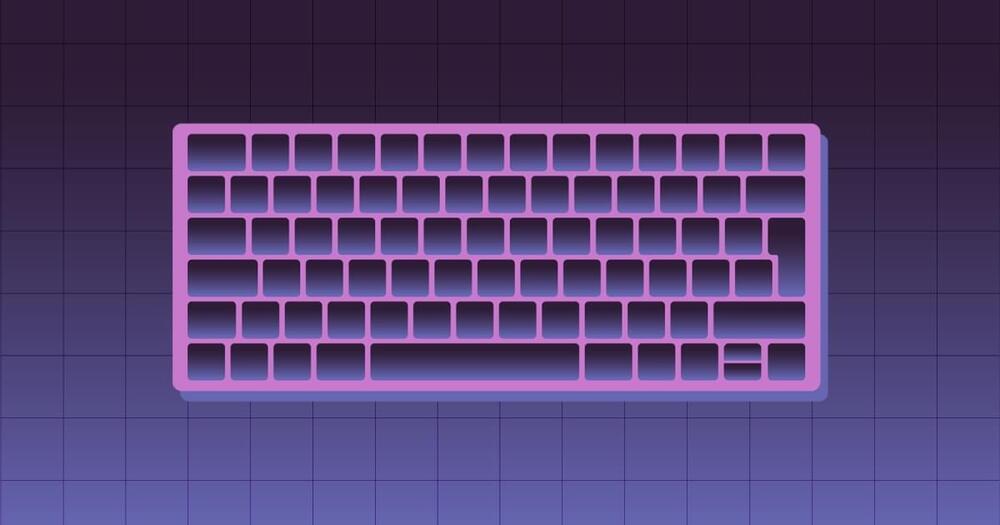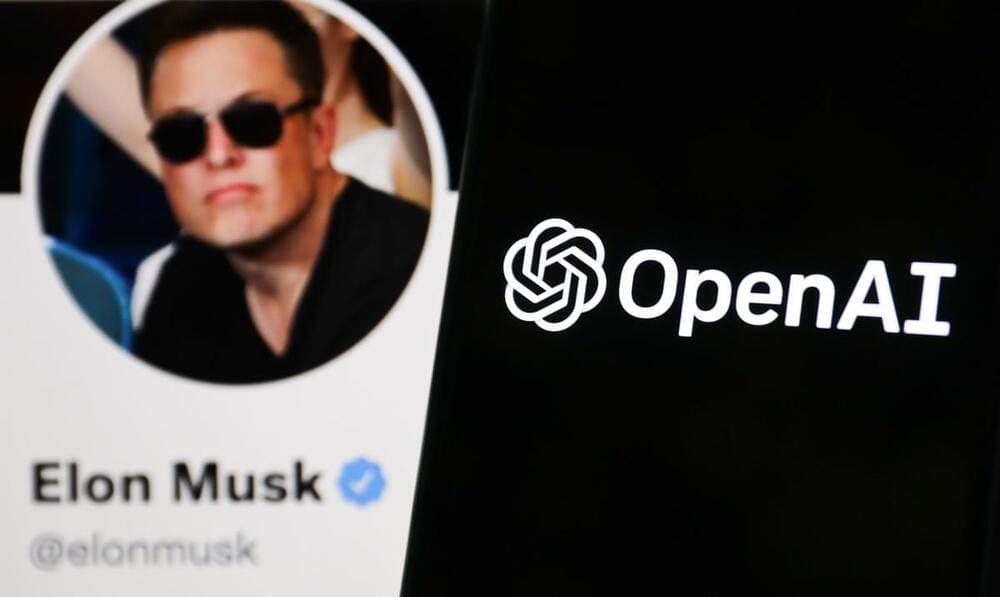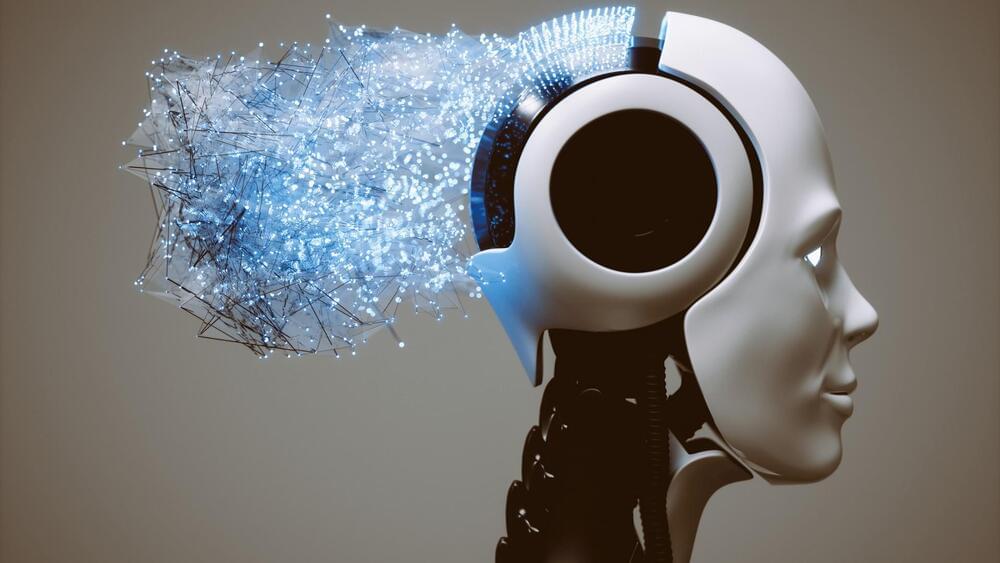Structures made out of building blocks can shift their shape and autonomously self-organize to a new configuration. The physicists Saeed Osat and Ramin Golestanian from the Max Planck Institute for Dynamics and Self-Organization (MPI-DS) revealed this mechanism which may be used to actively manipulate molecular organization. A seed of the novel desired configuration is sufficient to trigger reorganization.
This principle can be applied on to biological building blocks which are constantly recycled to form new structures in living systems.
The concept of remodeling is familiar to most people: those who have ever played with Lego bricks know that many combinations and structures possible from the same components.
